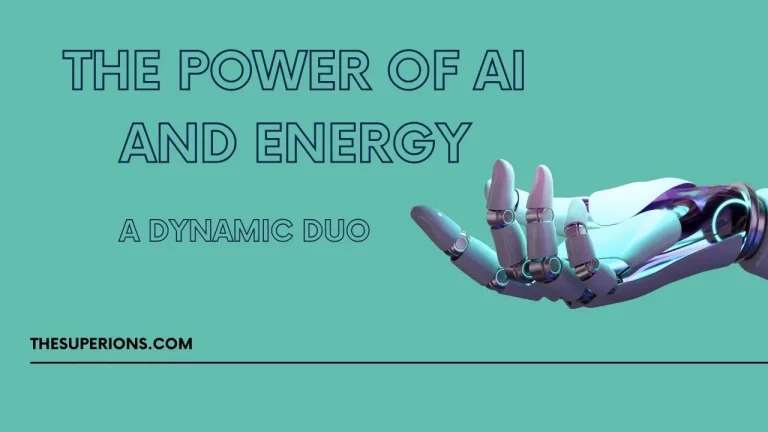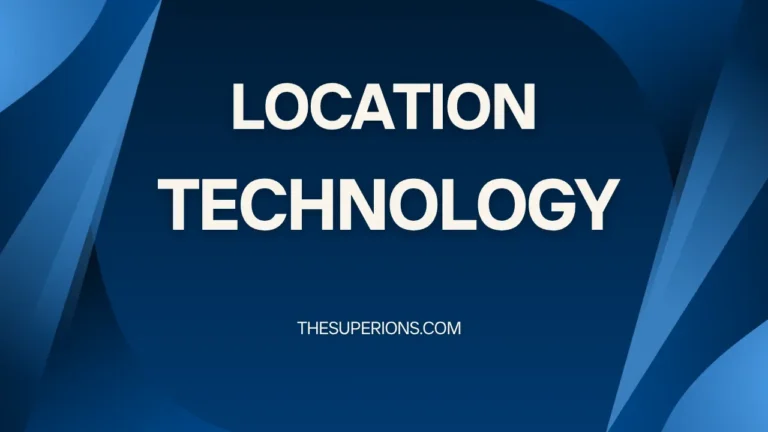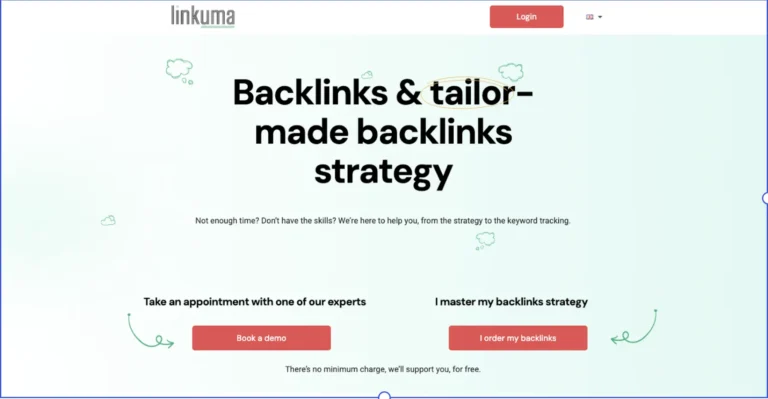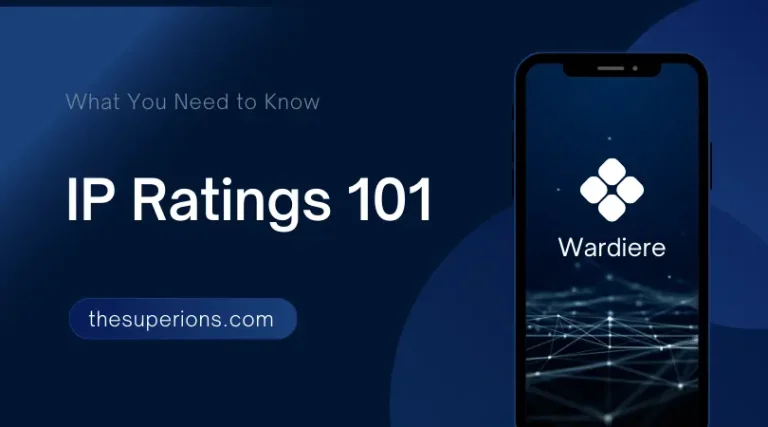Mastering Retrieval Augmented Generation: A Quick Guide
Retrieval augmented generation (RAG) is an innovative approach that significantly helps construct more comprehensive responses in the field of artificial intelligence (AI). It uses external documents or knowledge sources to improve the overall quality of generated text. This guide will help you grasp the basics of mastering RAG.

Retrieval Augmented Generation Definition
Retrieval augmented generation refers to an AI technique that combines pre-trained language models with learnable retrieval aspects for question answering or text dialogue. Simply put, it cross-references outside documents or information sources to create more accurate answers.
For example, when asked a complex question, a standard AI language model might merely guess an answer based on the information it was initially trained on. However, a model with RAG enabled would search through a comprehensive external database of documents to pinpoint more precise and relevant details to construct its response.
People Also Read?
What is an Advanced Electronic Signature, and How Does It Work?
How RAG Works: Step-by-Step
Step 1: Query
An encoded input question initiates the cycle. Known as the query vector, this question is processed by the retriever model.
Step 2: Document Retrieval
Subsequently, the retriever proceeds to sift through data points within the system’s large library. The choice of document retrieved depends on its relevance to and alignment with the query vector.
Step 3: Document Processing
Next, the retrieved documents are run through the generator model. This process assists the AI in extracting key information from said documents through language modeling.
Step 4: Answer Generation
Leveraging the insights gathered from the processed documents, the generator model constructs a coherent and detailed response. The final product is a precise answer, fine-tuned to satisfy the original query effectively.

Use Cases of Retrieval Augmented Generation
1. Virtual Customer Support
With the capacity to generate precise and detailed responses, RAG can power chatbots or customer service assistants to new heights by offering a more accurate, human-like conversation experience.
2. Research Automation
RAG can sift through large datasets and gather relevant information quickly. This makes it a valuable tool for automating research processes in academic or corporate environments.
3. Content Creation
RAG can help curate tailor-made content. Based on a set of queries, it can generate the required content by pulling precise information from vast databases.
4. Trend Forecasting
For businesses, RAG can analyze big data and predict future trends or market changes, thereby enabling them to make more informed decisions and strategize effectively.
People Also Read?
How Internal Developer Platforms Streamline Development Processes
5. Medical Diagnosis
RAG systems can assist in scrutinizing numerous clinical documents to identify possible health conditions or even suggest potential treatment options. By minimizing human error, they could complement the efforts of medical personnel in securing the best outcomes for their patients.
6. Product Recommendations
E-commerce platforms can use RAG to provide tailored product recommendations. The technique can analyze user queries and match them with a massive database of products to recommend the best-suited ones. As a result, it helps enhance user experience and boost sales.
7. Language Translation
RAG can be deployed to enhance the efficiency and accuracy of language translation apps. By averaging context from an extensive database of languages, it tailors translations to meet specific user needs.
The Future of Retrieval Augmented Generation
RAG’s ability to sift through and select relevant data from enormous knowledge bases in real-time brings remarkable progress in AI’s comprehension and response capabilities. Looking forward, the versatility and scalability of RAG would allow for many more sophisticated applications. It’s conceivable that with further refinement, we could see RAG models undertaking more nuanced tasks across different sectors.
People Also Read?
Conclusion
In conclusion, mastery of retrieval augmented generation can equip your AI system with the capacity to deliver sophisticated, context-relevant responses. This, in turn, allows you to offer superior services, generate more accurate outputs, and achieve more effective decision-making processes.
As RAG continues to evolve, businesses that adapt and incorporate this technology will solidify their competitive edge in the precipitous landscape of AI-driven industries. But remember, with every new technology, patience, understanding, and continual learning are key. Remain curious, and the road to mastering retrieval augmented generation will be a rewarding journey.





